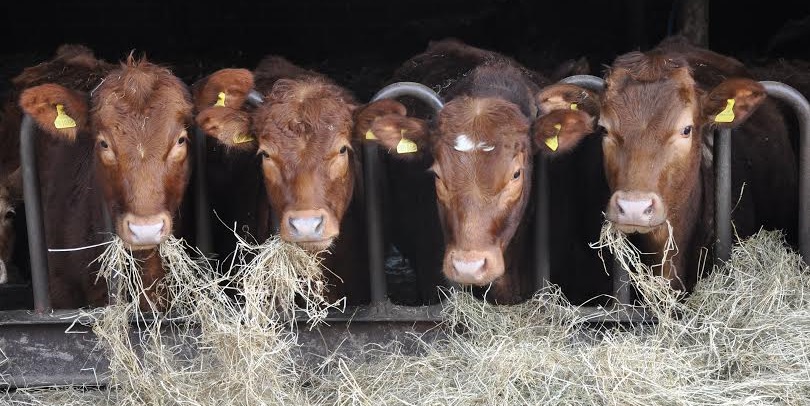
Antimicrobial resistance in the dairy and beef sectors is being placed at the top of government risk registers alongside terrorism and pandemic flu, according to a Cattle Health and Welfare group report.
The report highlighted areas such as mastitis, lameness and longevity, and for the first time looked in depth at the issues facing the dairy and beef sectors around antimicrobial resistance (AMR).
"With the UK Government placing AMR at the top of its risk register alongside terrorism and pandemic flu, it is heartening to see that the Cattle Health and Welfare group, in common with other livestock sectors, has grasped the nettle in looking first at how the cattle sector can better capture data on use of antimicrobials," said Nigel Gibbens, UK’s Chief Veterinary Officer, Sheila Voas, Scottish CVO, and Christianne Glossop, Welsh CVO, in their joint foreword.
"Success in controlling endemic disease is one area of considerable importance, and here we can highlight CHAWG's pivotal role in the development and promotion of national disease control programmes.
"These include the launch of the BVDFree scheme in England earlier this year, ongoing progress with BVD eradication in Scotland, the development of a Wales BVD scheme, and the Action Johne’s initiative."
BVD

In the report’s conclusion, RSPCA's head of farm animals Marc Cooper points out that it is clear many positive initiatives are being pursued within the industry.
"Notable amongst these are those associated with dairy cow genetics, eliminating BVD, the national dairy cow welfare strategy and the development of a data hub for the collation of information relating to antimicrobial use," says Dr Cooper
"Indeed, some of these are starting to realise improvements in key areas, for example, dairy cow longevity is beginning to increase, and cow fertility figures and somatic cell counts appear to be moving in the right direction.
"However, there are still ongoing concerns relating to some important health and welfare issues. For example, despite the evidence suggesting the annual prevalence levels of cattle lameness are beginning to fall, there still appears to be no centralised database for recording it."
Chairman of CHAWG Tim Brigstocke says the contributed comments are encouraging and provide positive direction for future CHAWG activities. He also reassures that while this report sees a number of advances in highly topical areas, ‘core’ activities are not being ignored.
"Effective farm health planning remains the bedrock of good practice. And while we tend to focus on areas which need improvement, it’s worth mentioning that a delegation from the Food & Veterinary Office (FVO) of the European Commission recently visited and were impressed by the coordinated approach taken in this country," says Mr Brigstocke.
'More than cancer'
The UK has backed a call for a cut in the use of antibiotics in livestock farming in order to combat antimicrobial resistance.
World leaders met in September to tackle the growing threat of bacteria resistant to antibiotics that are making illnesses harder to treat.
Andrea Leadsom, Secretary of State for Environment, Food and Rural Affairs and Jeremy Hunt, the Health Secretary, said: "There is a real risk that, if we do nothing, modern medicine as we know it will be undermined. The UK will work closely with different individual sectors to ensure that appropriate sector specific reduction targets are agreed by 2017 so that future reductions are greatest where there is most scope. Encouraging best practice and responsible use of antibiotics, which safeguard animal health and welfare, is a must," the government report said.
By 2050, if not tackled, it will kill more people than cancer, and cost, globally, more than the size of the current global economy, according to the Review on Antimicrobial Resistance.
